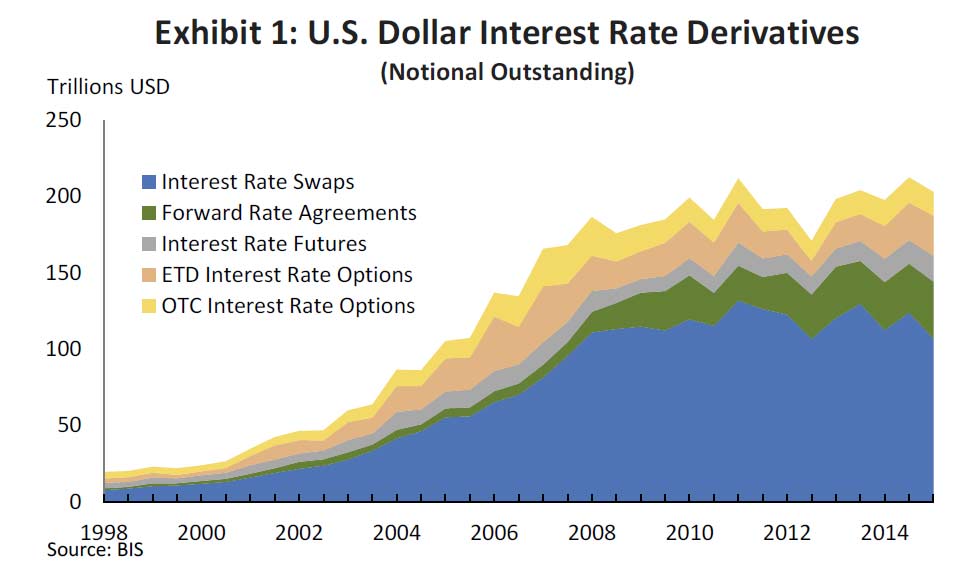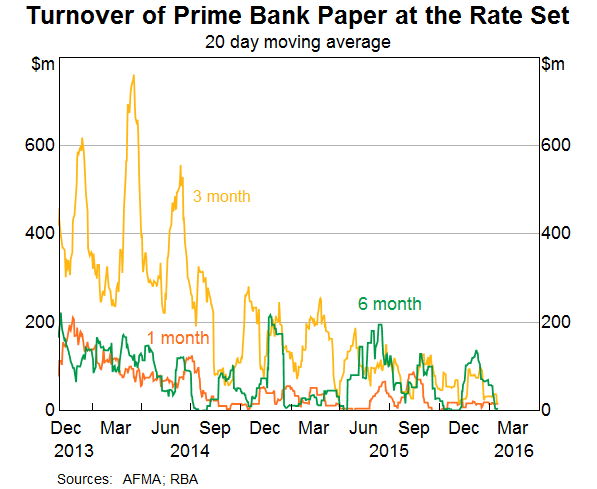ASIC has today commenced legal proceedings in the Federal Court in Melbourne against National Australia Bank (NAB) for unconscionable conduct and market manipulation in relation to NAB’s involvement in setting the bank bill swap reference rate (BBSW) in the period 8 June 2010 to 24 December 2012.
The BBSW is the primary interest rate benchmark used in Australian financial markets, administered by the Australian Financial Markets Association (AFMA). On 27 September 2013, AFMA changed the method by which the BBSW is calculated. The conduct that the proceedings relate to occurred before the change in methodology.
It is alleged that NAB traded in a manner that was unconscionable and intended to create an artificial price for bank bills on 50 occasions during the period of 8 June 2010 and 24 December 2012.
ASIC alleges that on these days NAB had a large number of products which were priced or valued off BBSW and that it traded in the bank bill market with the intention of moving the BBSW higher or lower. ASIC alleges that NAB was seeking to maximise its profit or minimise its loss to the detriment of those holding opposite positions to NAB’s.
ASIC is seeking declarations that NAB contravened s12CA, s12CB, the former s12CC, s12DA, s12DB and s12DF of the Australian Securities and Investments Commission Act 2001 (Cth) (ASIC Act), s912A(1), s1041A and s1041H of the Corporations Act 2001 (Cth) (Corporations Act).
Further, ASIC has sought from the court pecuniary penalties against NAB and an order requiring NAB to implement a compliance program.
ASIC will be making no further comment at this time.
National Australia Bank Group Chief Risk Officer David Gall today issued the following statement:
“Trust in the integrity of our financial markets is crucial to a strong Australian economy. A fair, well-functioning and competitive financial system is crucial to providing the best outcome for customers and the wider community.
“NAB takes its role in upholding high standards of professional conduct seriously. We are committed to service, integrity and ethics and our values reflect this.
“Following an industry-wide review by the Australian Securities and Investments Commission into participants in the Bank Bill Swap Rate (BBSW) market, ASIC has today filed a claim against NAB making a number of allegations including market manipulation and unconscionable conduct.
“These allegations relate to trading in the BBSW market during the period 8 June 2010 to 24 December 2012.
“NAB has fully co-operated with ASIC’s review and takes these allegations seriously. We do not agree with ASIC’s claims which means they will now be settled by a court process.
“As part of ASIC’s investigation NAB has provided emails, instant chat messages and telephone conversations involving our employees. NAB retains this information as part of our business processes.
“We remain committed to serving our customers and ensuring our people demonstrate the values and behaviours the community expects of us.
“As this matter is now before the court, it is not appropriate to comment further,” Mr Gall said.
Background
On 4 March 2016, ASIC commenced legal proceedings in the Federal Court against the Australia and New Zealand Banking Group Limited (ANZ) (refer: 16-060MR).
On 5 April 2016, , ASIC commenced legal proceedings in the Federal Court against the Westpac Banking Corporation (Westpac) (refer: 16-110MR)
Prior to filing against ANZ and Westpac, ASIC’s investigations into misconduct in the BBSW has seen ASIC accept enforceable undertakings from UBS-AG, BNP Paribas and the Royal Bank of Scotland (refer: 13-366MR, 14-014MR, 14-169MR). The institutions also made voluntary contributions totaling $3.6 million to fund independent financial literacy projects in Australia.
In July 2015, ASIC published Report 440, which addresses the potential manipulation of financial benchmarks and related conduct issues.





